AWS Certified SysOps Administrator - Associate
Summary
Summary of Domain 2 Reliability and Business Continuity
In this lesson, we review key AWS concepts related to system reliability and business continuity. This refresher revisits important topics to help you reinforce your understanding as you prepare for your exam.
Reliability in Cloud Operations
Reliability is the system's ability to operate consistently and correctly over time, even when components fail. In Domain 2, the following topics were covered:
- Fault Tolerance: The capacity of a system to continue operating when some components fail (for example, by leveraging multiple Availability Zones).
- Resiliency: The ability of a system to detect, recover from, and resist failures.
- Redundancy: The practice of duplicating systems or components so that if a primary component fails, the overall system remains operational.
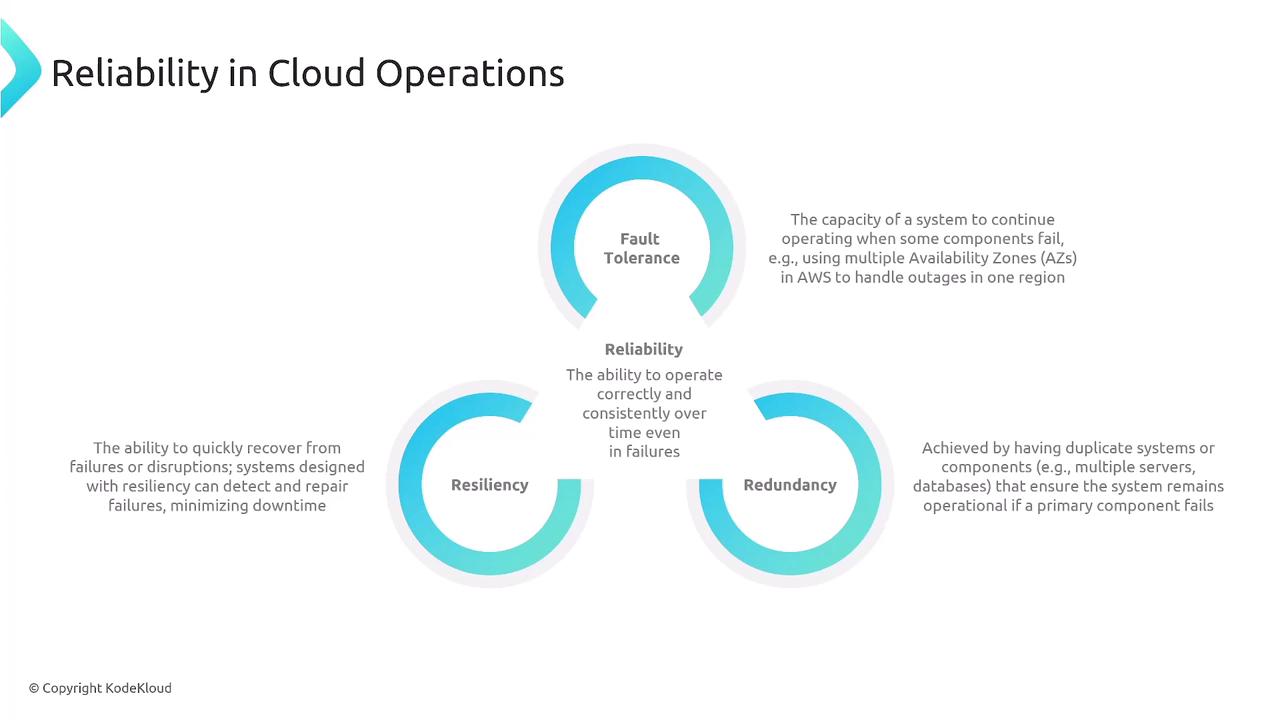
Resiliency Mechanisms and Auto Scaling
Enhancing resiliency leads to improved performance. AWS offers multiple auto scaling policies:
- Dynamic Scaling: Implements policies such as target tracking, simple scaling, and step scaling.
- Predictive Scaling: Uses historical data to forecast traffic and adjust capacity accordingly.
- Scheduled Scaling: Adjusts resources based on pre-defined times, like scaling out during peak weekend usage.
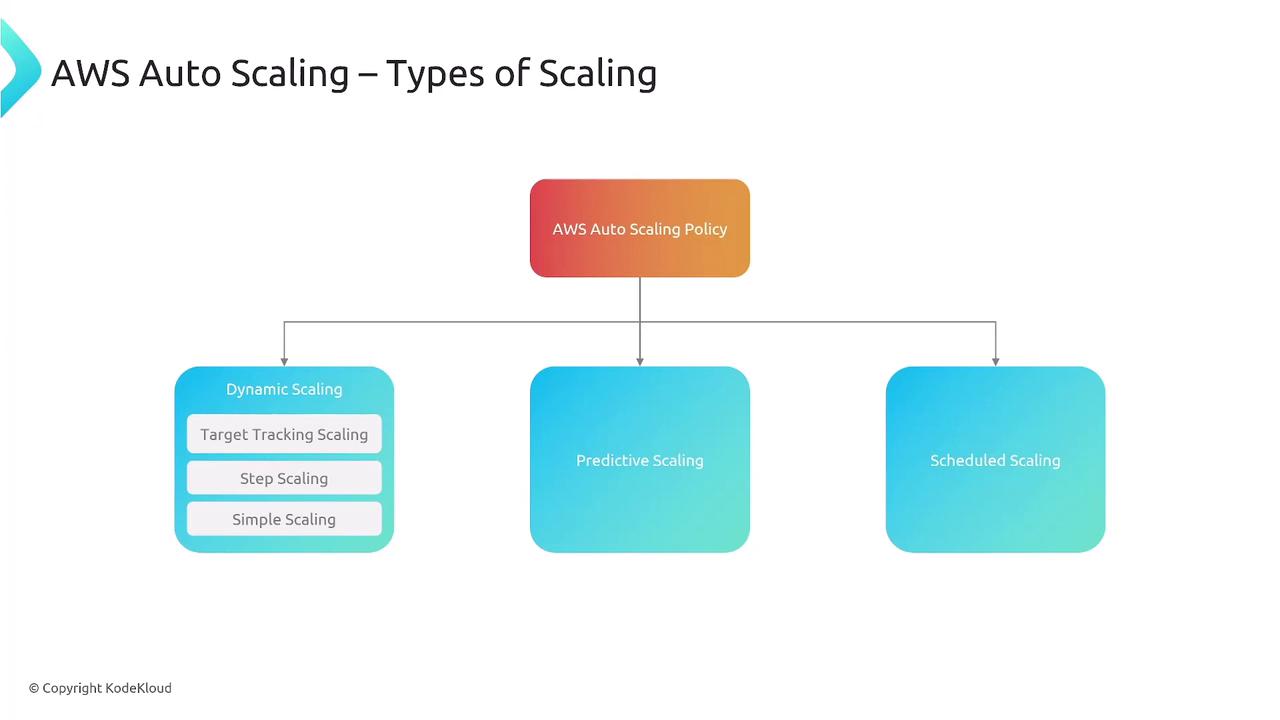
AWS auto scaling extends beyond EC2: services like EMR, ECS, Aurora, and several serverless resources also incorporate auto scaling features.
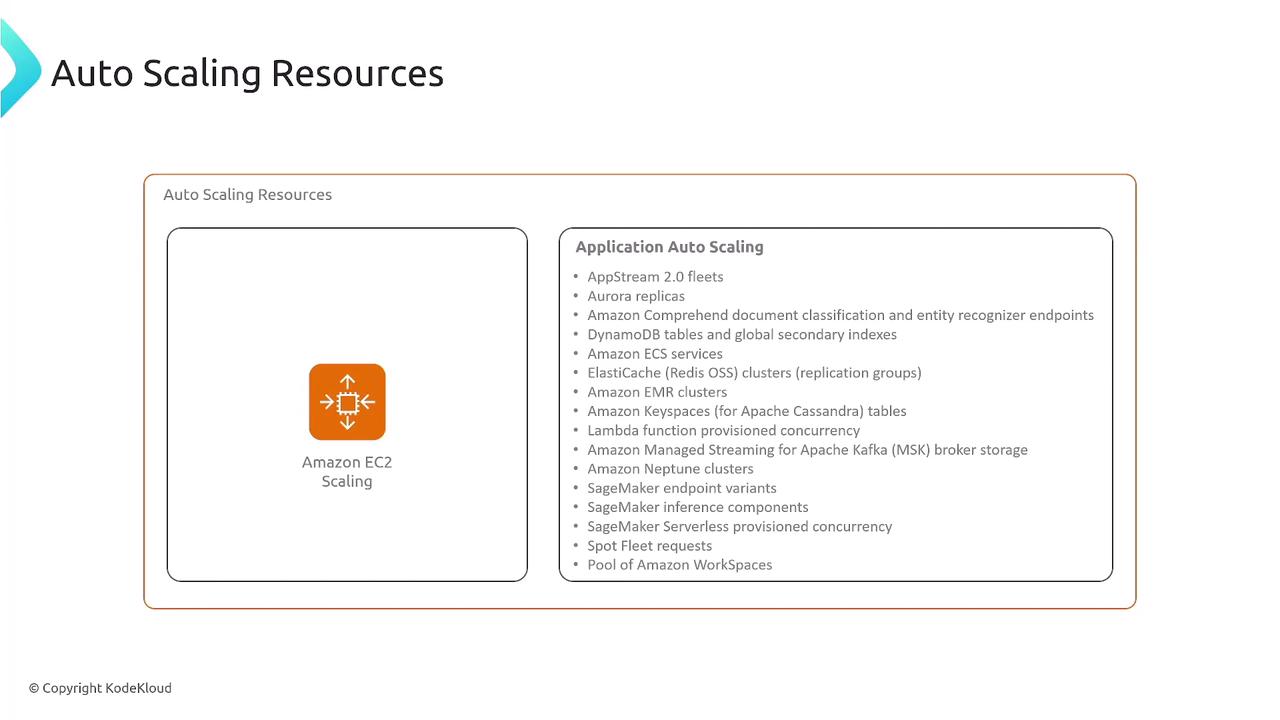
The Importance of Caching
Caching improves performance by reducing latency and offloading server traffic while boosting resiliency. The benefits include:
- Reduced latency and improved response times
- Lower server load
- Increased cost efficiency
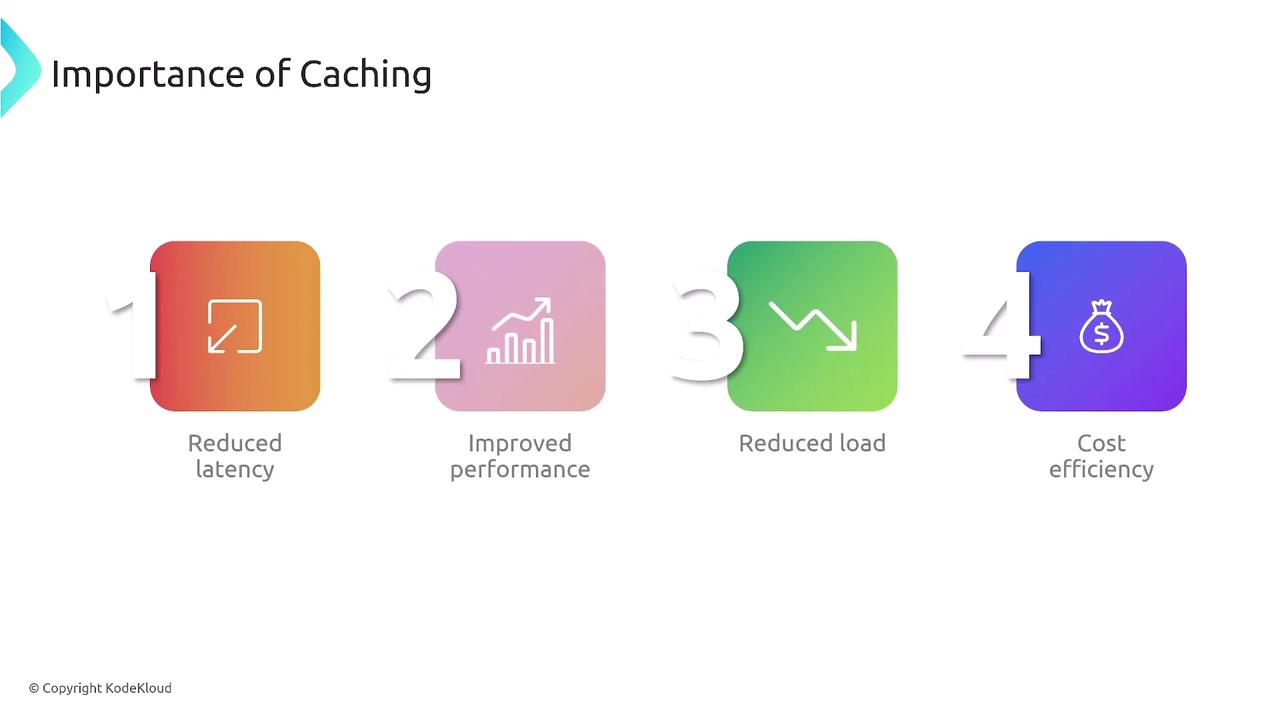
Key caching services include:
- ElastiCache: Available in two forms:
- Redis: Supports multi-AZ deployments, complex data structures, and list sorting.
- Memcached: Offers a lightweight and simple caching solution.
- DAX (DynamoDB Accelerator): A fully managed cache for DynamoDB, reducing read latencies to microseconds even under high load.
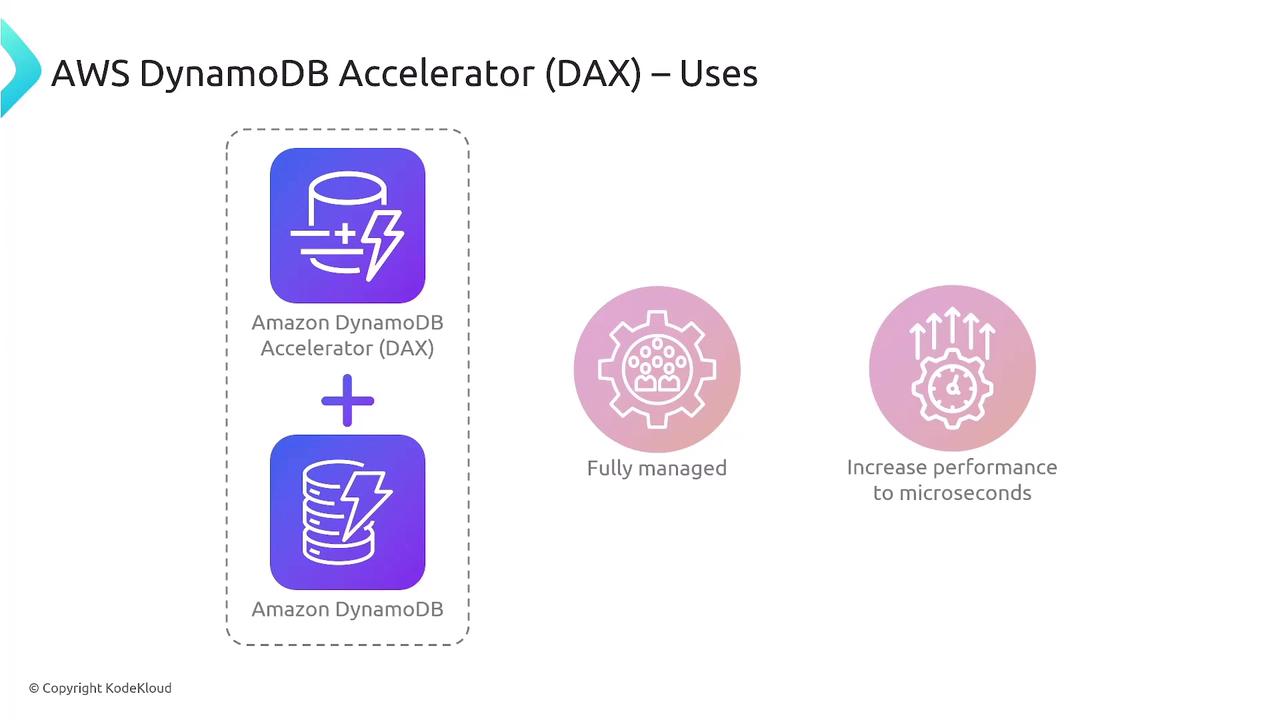
Data Replication and Resiliency
Replication plays a vital role in maintaining system resiliency, especially for stateful applications. It helps offload reporting tasks, populates data warehouses, performs backups, and supports auditing. Replication methods include:
- Within a Region: Local replication for short distances and low latencies.
- Cross-Region: For long-distance replication using asynchronous techniques.
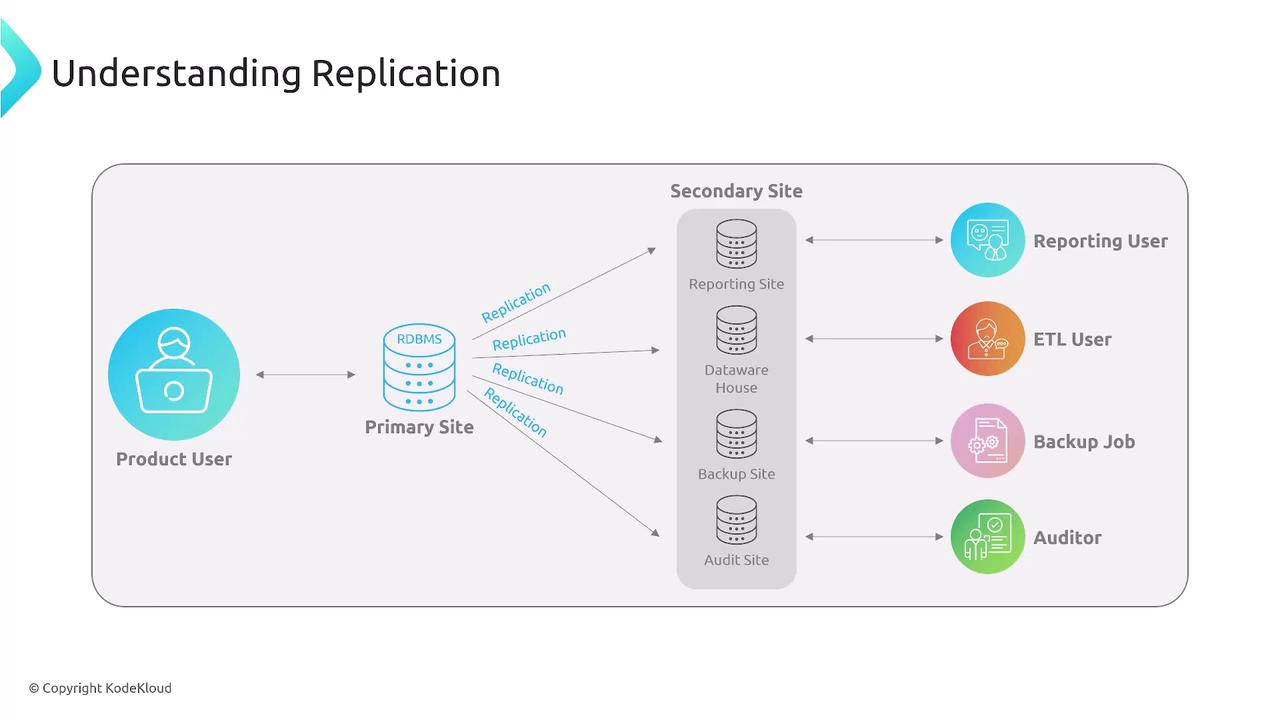
For a quick visual comparison:

Database services such as Aurora, Redshift, and DynamoDB offer various replication options, including cross-region setups and multiple Availability Zone deployments for robust performance and global data availability.
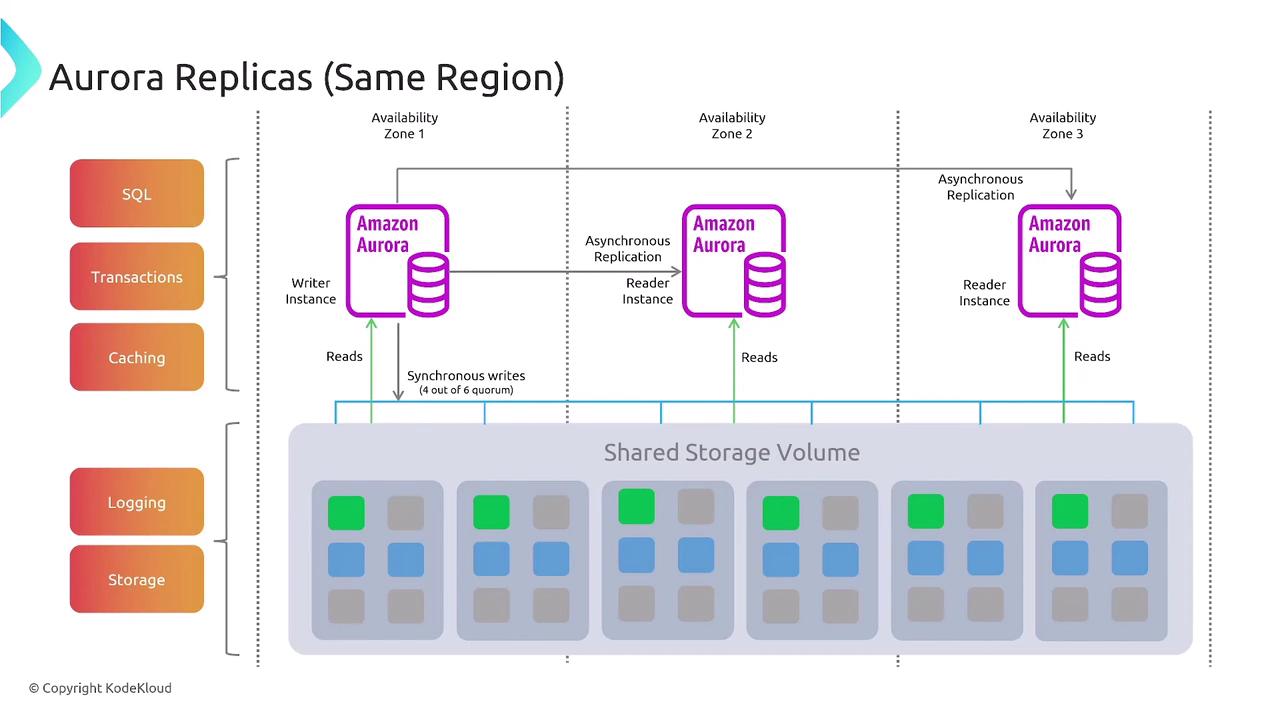
Loose Coupling and Abstraction
Design architectures with loose coupling to further enhance resiliency. Using microservices, message-driven, or event-driven approaches allows each component to operate independently, resulting in higher fault tolerance and easier scalability.
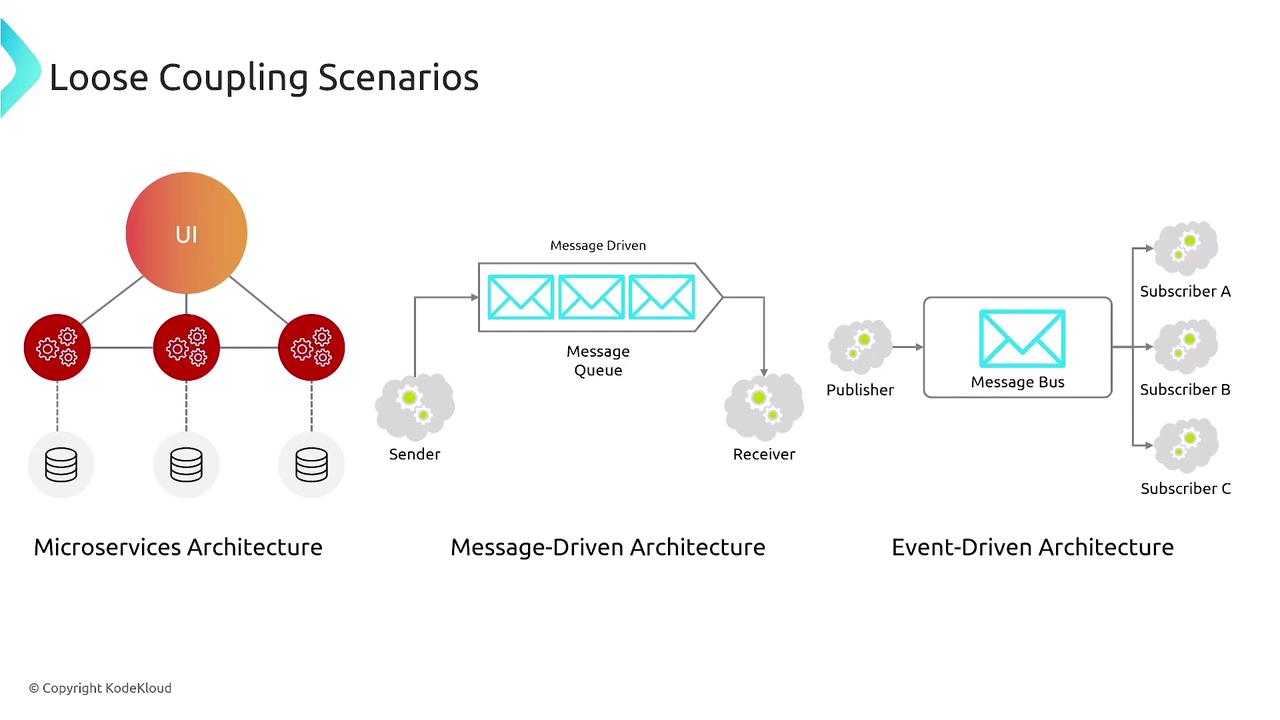
High availability is reinforced with abstraction layers like load balancers, which distribute web connections and mask direct server access. Together with auto scaling, these components create a robust resilient cloud architecture.
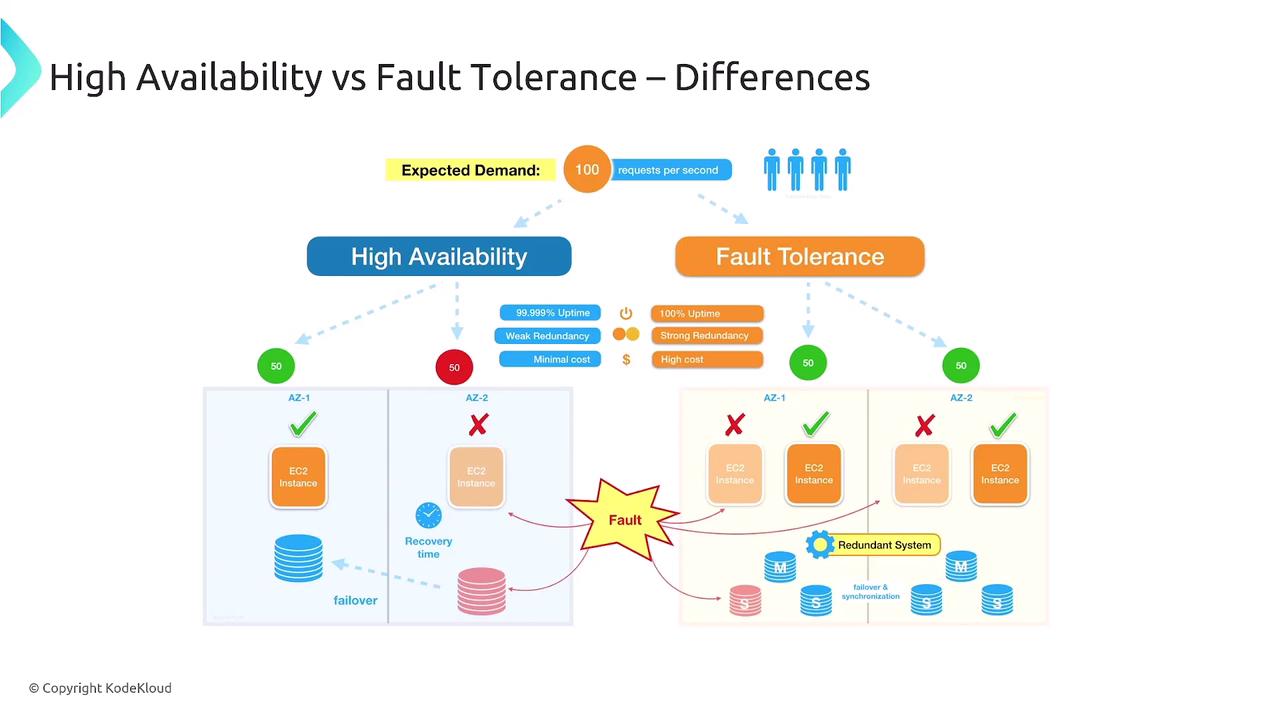
Additionally, AWS Route 53 enforces resiliency through various DNS routing policies, including:
- Latency-based routing
- Geolocation routing
- Geoproximity routing
- Failover routing
- IP-based routing
- Multivalue answer routing
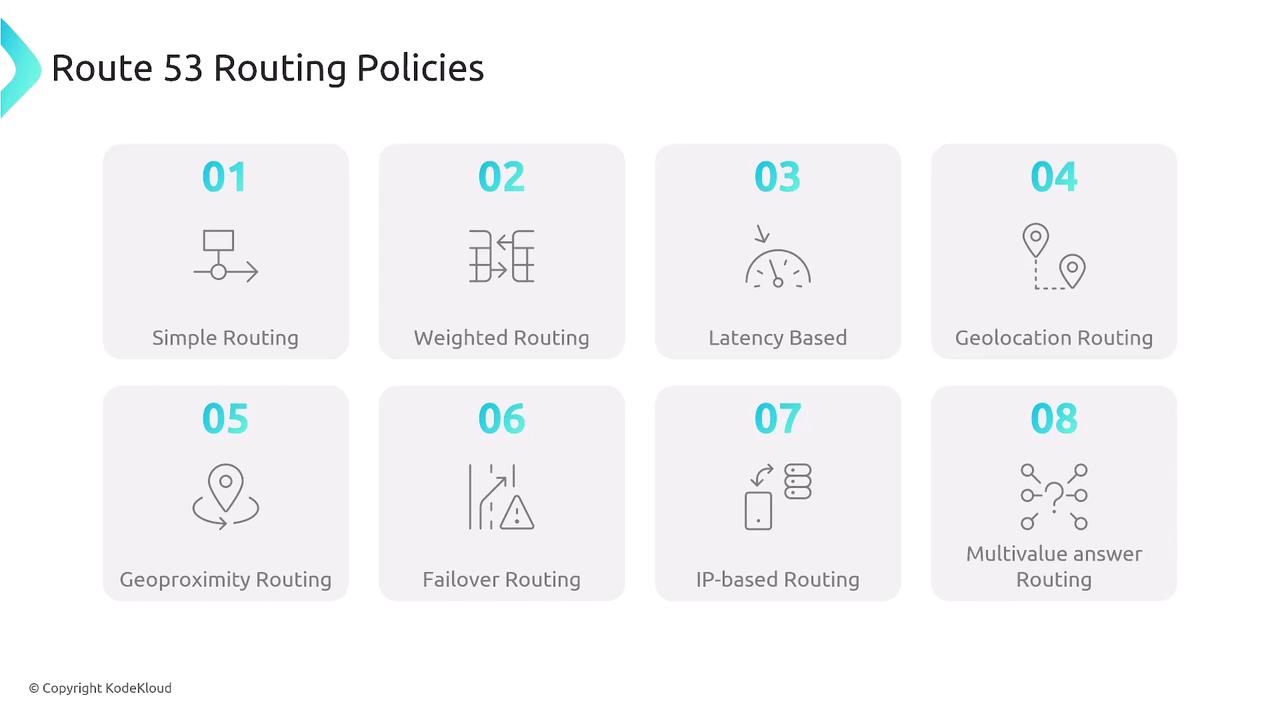
For global traffic management, AWS Global Accelerator acts as a global load balancer that directs users to the optimal regional endpoint.

VPC Architecture and Availability Zones
AWS best practices recommend deploying resources across multiple Availability Zones to enhance resiliency. Typically, private subnets house most resources while load balancers reside in public subnets. This design supports auto scaling groups and ensures that the failure of one zone does not impact the overall system.
Disaster Recovery Strategies
Disaster recovery (DR) strategies are essential for maintaining business continuity. Key concepts include:
- Recovery Time Objective (RTO): The maximum acceptable downtime.
- Recovery Point Objective (RPO): The maximum tolerable period in which data might be lost.
DR strategies range from backup and restore to pilot light, warm standby, and active-active configurations.
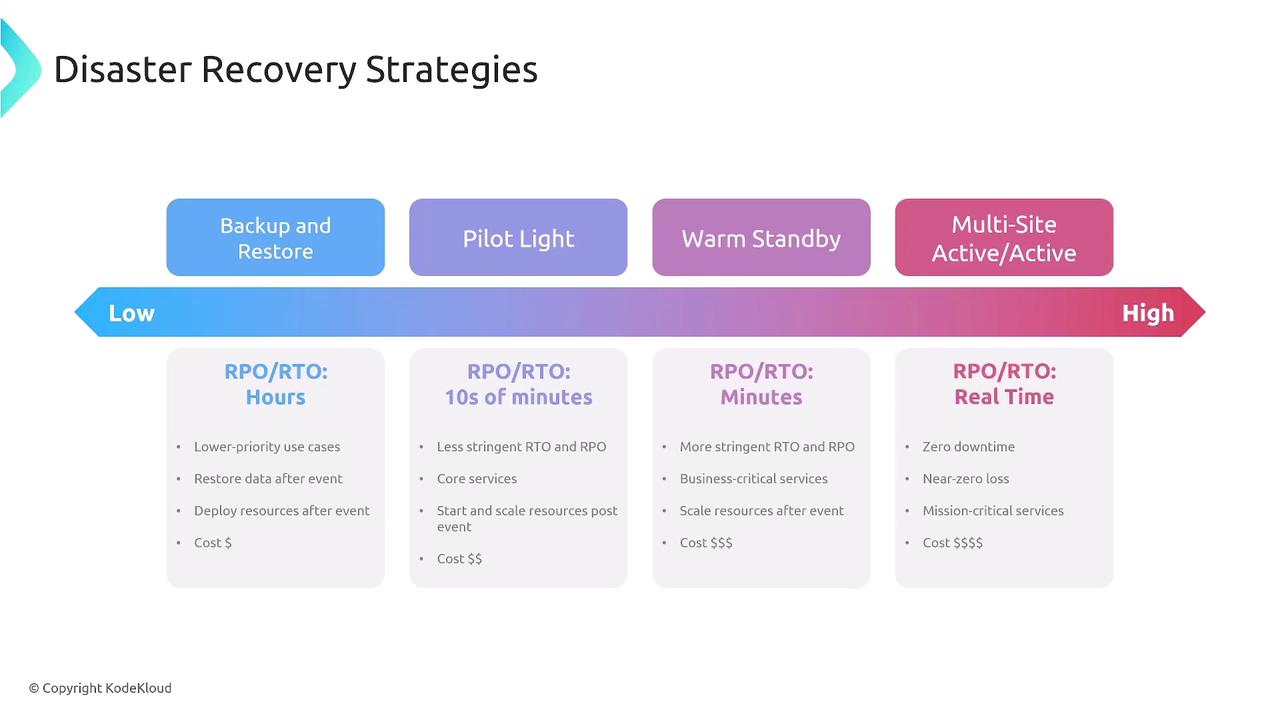
A detailed backup methodology also distinguishes between full backups and incremental snapshots (which capture only data changes). While backups are vital for recovery, it is equally important to ensure the backup data's integrity.
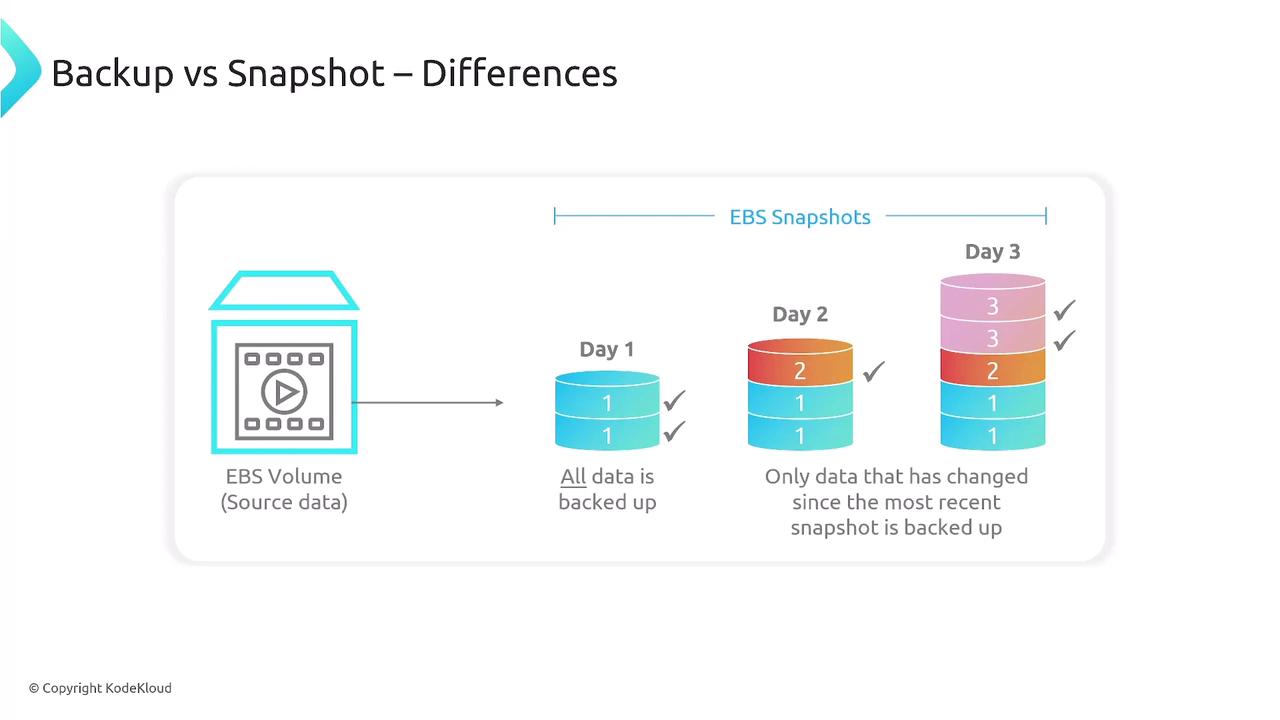
Backup and Restore Processes
An effective backup plan should include:
- Creating backup vaults and plans.
- Replicating backups across different regions.
- Automating data restoration as necessary.
- Ensuring data integrity to avoid corruption.
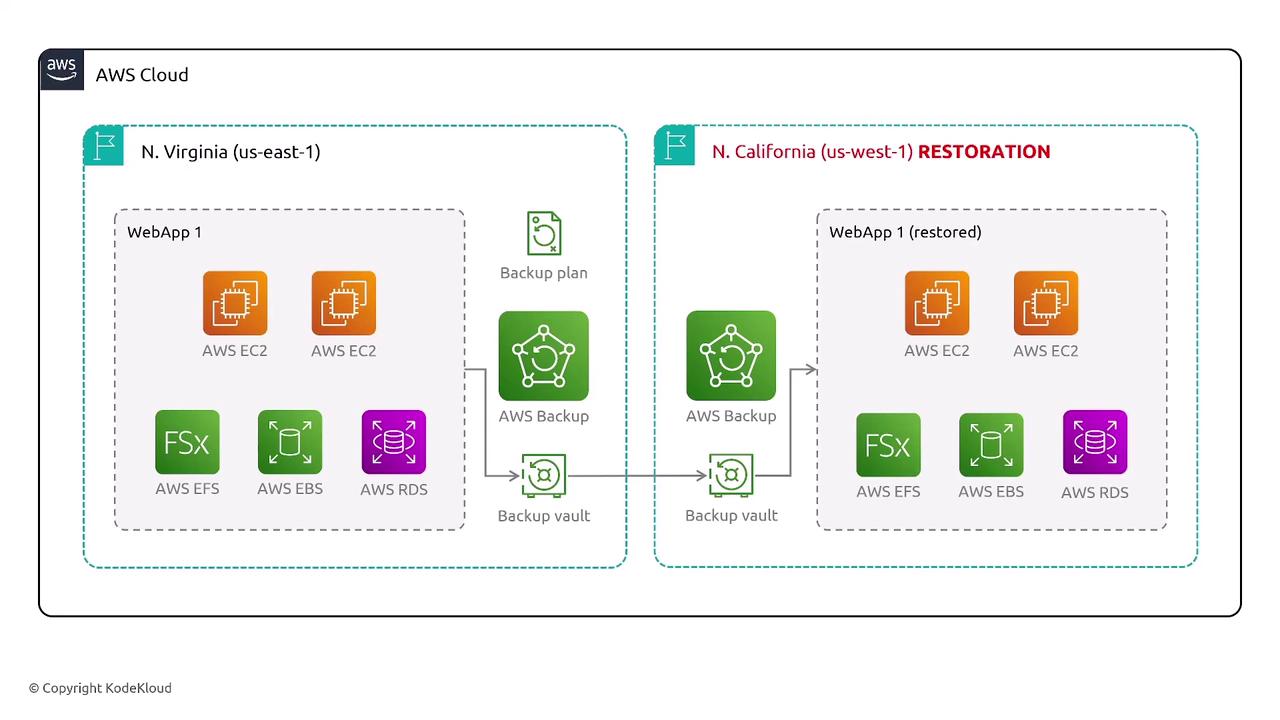
Additional measures in the backup process include monitoring and validating backups. Point-in-time restore capabilities, such as those available in DynamoDB, enable recovery from a specific moment—crucial for mitigating accidental deletions or data corruptions.

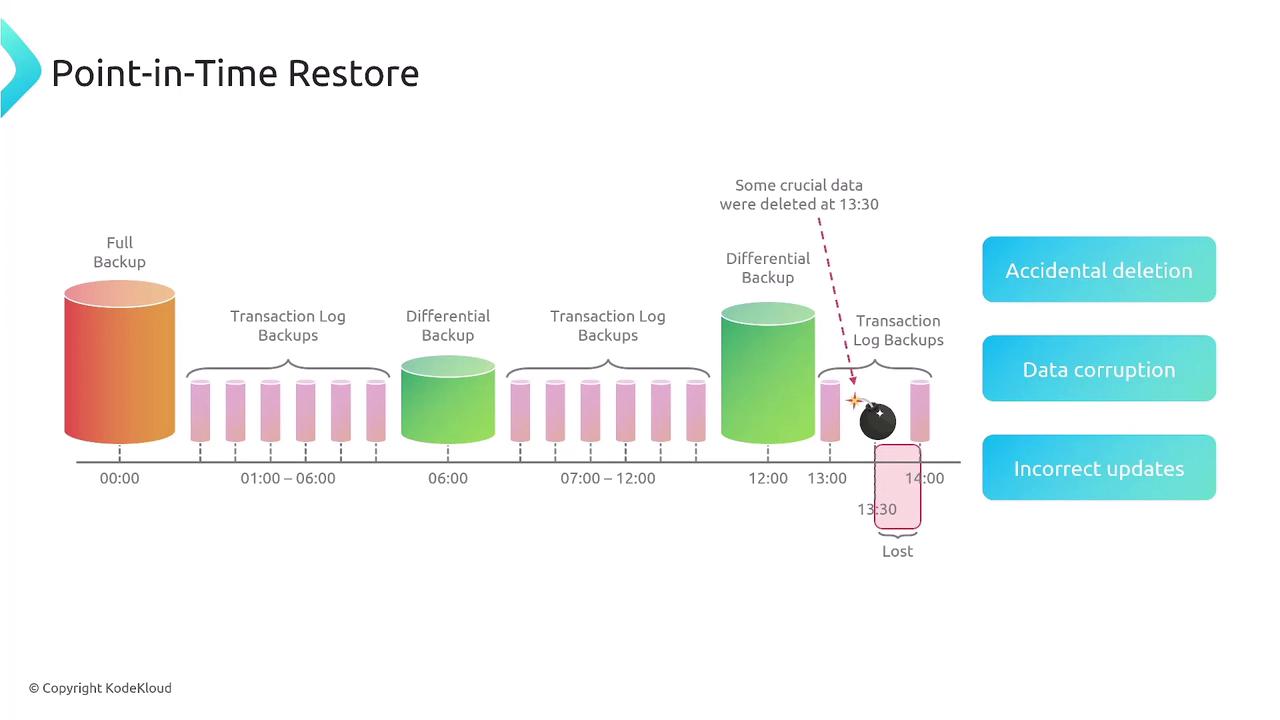
Read replicas, especially in RDS and Aurora, provide additional redundancy and offload read traffic. These replicas can be promoted to serve as the primary database if required.
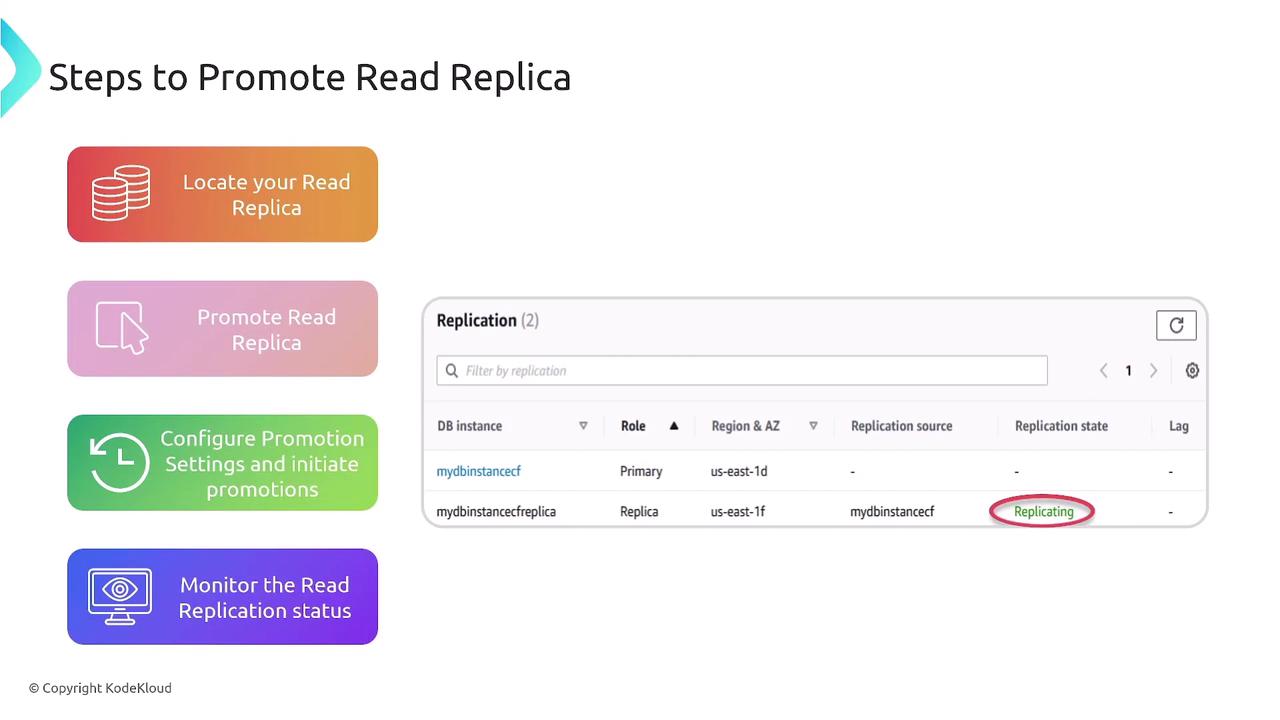
Amazon S3, Versioning, and Lifecycle Management
Amazon S3 contributes to resiliency through versioning, which keeps a history of every change to an object. Versioning is useful for delete protection and historical recovery. However, to manage potential storage cost increases, it is advisable to combine versioning with lifecycle rules. These rules transition older versions to colder storage classes like S3 Glacier, optimizing both performance and cost.
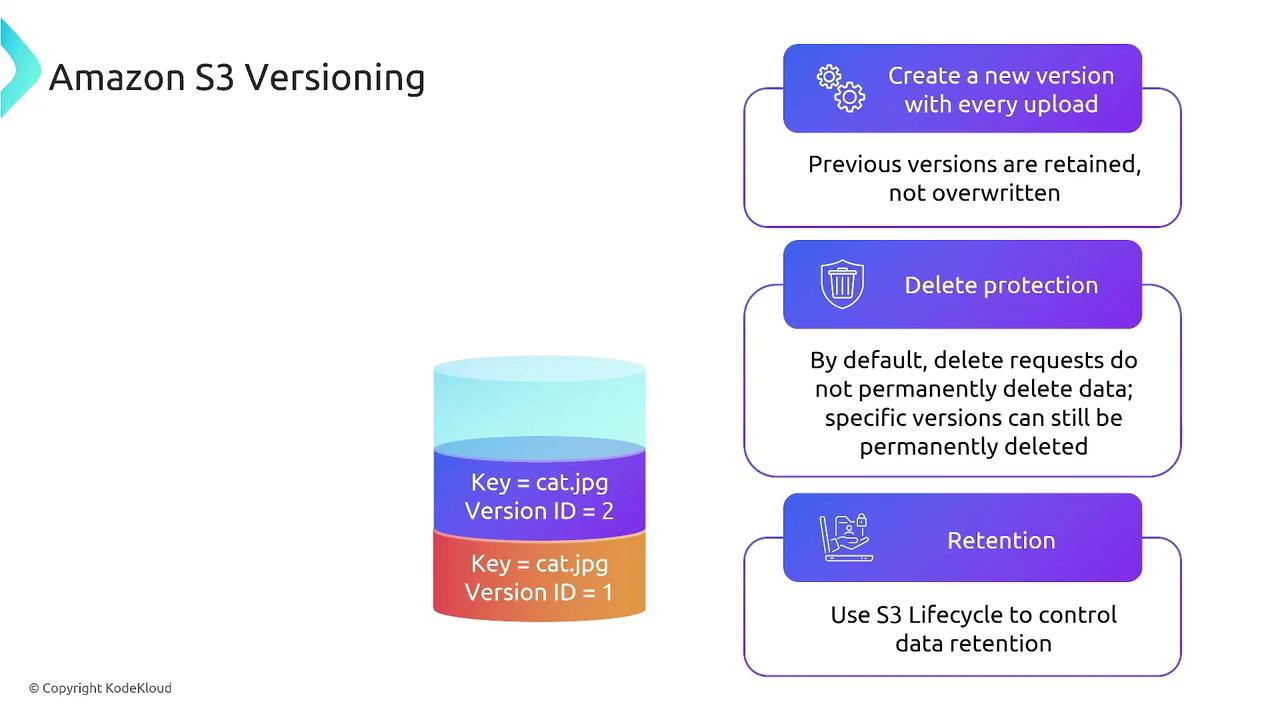
Amazon S3 supports multiple storage classes, including:
- S3 Standard
- S3 Standard Infrequent Access
- One Zone Infrequent Access
- Glacier Instant Retrieval
- Glacier Flexible Retrieval
- Glacier Deep Archive
- Intelligent Tiering
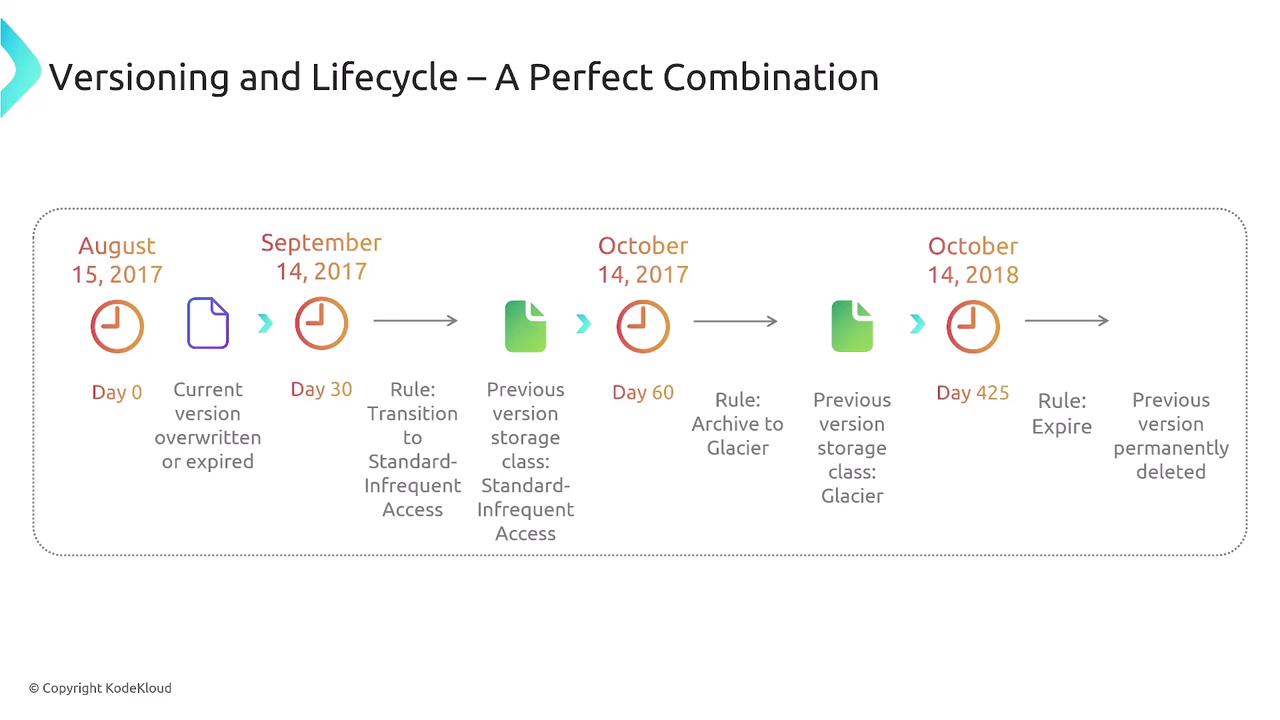
S3 Cross-Region Replication
S3 Cross-Region Replication offers disaster recovery benefits, regulatory compliance, improved latency for global applications, and enhanced data protection. It allows data in one bucket to be replicated to another bucket in the same or a different region, with customizable options for ownership override and storage class adjustments.

Conclusion
This lesson on Domain 2 has explored a broad spectrum of AWS resilience and business continuity topics—from fault tolerance and auto scaling to caching, replication, and disaster recovery strategies. By integrating strategies such as loose coupling, effective backup plans, and comprehensive data management solutions, you can design highly resilient cloud architectures.
Exam Preparation Tip
As you continue your studies, use this overview as a refresher and a reference point to reinforce your understanding of AWS resiliency and continuity strategies. For deeper insights, consider exploring the AWS Documentation.
Next, we will move on to Domain 3.
Watch Video
Watch video content